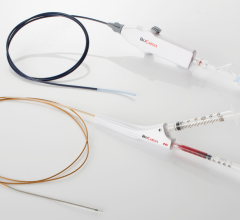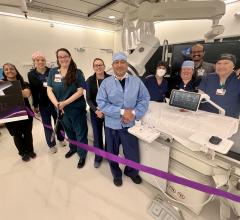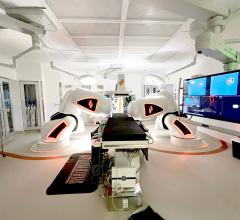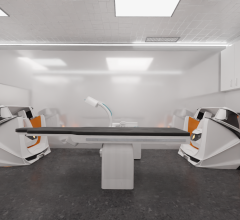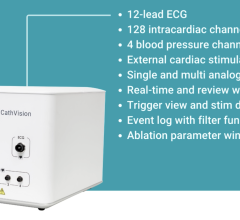October 11, 2016 — Awards from the National Institutes of Health’s Common Fund are supporting research on the peripheral nervous system, in hopes of finding new ways to treat conditions such as asthma, diabetes and nausea. The new awards total more than $20 million in fiscal year 2016, and go to 27 multidisciplinary research teams through the Stimulating Peripheral Activity to Relieve Conditions (SPARC) program. The SPARC program plans to support awards totaling approximately $238M through fiscal year 2021, pending available funds.
This year’s awards encompass a wide range of projects intended to resolve existing knowledge gaps and technology limitations. In addition to treatment research, other projects focus on various organ systems, including heart, lung, stomach/intestine, colon, adipose tissue, spleen, bladder and pancreas.
SPARC focuses on understanding peripheral nerves — nerves that connect the brain and spinal cord to the rest of the body — and how their electrical signals control internal organ function. Modulation of these control signals is a potentially powerful way to treat common conditions and diseases such as rheumatoid arthritis and heart failure. Methods and medical devices that modulate peripheral nerve activity are becoming available, but more research to fully understand how these therapies act on a target organ’s cells is needed. Such understanding could help to explain and resolve why a particular therapy may be effective in one individual, but not in another, thereby making these therapies effective for more people.
“SPARC fosters synergistic, multidisciplinary collaborations to advance this rapidly developing research area with high potential to enable new and improved treatments,” said James M. Anderson, M.D., Ph.D., director of the NIH Division of Program Coordination, Planning and Strategic Initiatives, which oversees the NIH Common Fund. “The insights gained from these cutting-edge, collaborative projects will accelerate development of methods and devices to treat diseases for which conventional therapies fall short.”
The 2016 awardees will work collectively as a consortium to address the goals and aims of SPARC. Biological projects will develop detailed anatomical and functional maps that illustrate how peripheral nerves control organ function, while technology development projects will create or improve tools to measure and manipulate nerve-organ interactions and isolate their functions. Additional projects include collaborations between private sector scientists and academic researchers, intended to expedite the development of new therapeutic strategies.
Going forward, the SPARC program will leverage expertise from many different sources — not only academic laboratories, but also independent inventors, start-ups, small and large businesses, and international organizations. Data and tools developed in the SPARC program will be shared through a central online resource.
“The SPARC program invests in high-risk, goal-driven projects to discover the underlying mechanisms and pathways by which the peripheral nervous system controls internal organ function,” said SPARC Program Manager Gene Civillico, Ph.D. “This is achieved through a unique program management structure that allows SPARC to swiftly adopt new breakthroughs and emerging technologies, and nimbly incorporate ideas and expertise. These awards have the potential to catalyze next-generation neuromodulation therapies that could bring improved specificity for patients over both drug therapies and previous-generation devices.”
SPARC is funded through the NIH Common Fund and managed by the NIH Office of the Director, in partnership with the National Center for Advancing Translational Sciences, the National Institute of Biomedical Imaging and Bioengineering, the National Institute of Diabetes and Digestive and Kidney Diseases and the National Institute of Neurological Disorders and Stroke. The fiscal year 2016 funding will be issued via NIH Other Transaction and Cooperative Agreement award mechanisms.
For more information: www.nih.gov

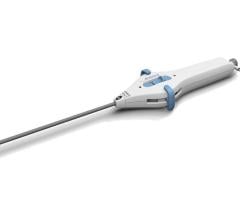
 July 31, 2024
July 31, 2024 
